The place: Utopia
3) Development
The voyage of utopia over time
In this section we will examine how the concept of utopia evolved, by mythology and religion, philosophers and intellectuals, authors and film directors, throughout the years. The following timeline is here to roughly portray the long journey of utopia through visual language over time.
1) The birds>Aristophanes> 414 B.C.> Cloud cuckoo Land is celestial utopia, the perfect city, found amidst the clouds, were humans pay no taxes or sacrifices to the Gods and are transformed to birds and fly. This could reference back to the innate human dream to be able to fly (or escape). (From the performance of the Birds of Aristophanes, Art Theatre, directed by Carolos Koun, first performance 1959, © Archives of Mimis Kouyoumtzis - Art Theatre. url retrieved on 11/04/07 http://www.ancientgreekdrama.gr/en/general/videogallery/koun_3.html )
2) Republic or (The State, Πολιτεία)>Plato> 360 B.C. > written in quest of the meaning of justice. “...may be regarded as the… leader of a goodly band of followers; for in the Republic is to be found the original of Cicero's De Republica, of St. Augustine's City of God, of the Utopia of Sir Thomas More, and of the numerous other imaginary States which are framed upon the same model”
From
3) City of God>
From
4) Utopia>Thomas More> 1516> the term utopia is first used. “Mores’ "Utopia" contains a detailed description of the imaginary hedonistic and communistic society called Utopia-literally, "Nowhere."…consists of a subtle blend of the ideal and the actual.” Brian R. Goodey(Jan., 1970),Mapping "Utopia": A Comment on the Geography of Sir Thomas More, Geographical Review, Vol. 60, No. 1. , pp. 15-30.Stable URL:http://links.jstor.org/sici?sici=0016- 428%28197001%2960%3A1%3C15%3AM%22ACOT%3E2.0.CO%3B2-5 reviewed on Sun Apr 8 11:35:42 2007
This book has been of a great influence in the western world, i.e. Gulliver’s travels and many others as we will see in the timeline.
From
5) The New Atlantis>Francis Bacon> 1626>It depicts a mythical land, Bensalem, marriage and family are the basis of society and family ties are celebrated in state-sponsored holidays.
From
6) Looking Backward>Edward Bellamy>1888>The book tells the story of Julian West, a young American who, towards the end of the 19th century, falls into a deep, hypnosis-induced sleep and wakes up more than a century later. He finds himself on the same spot (
From
7) Shangri-La>James Hilton> 1933>”Shangri-La has become synonymous with any earthly paradise but particularly a mythical Himalayan utopia—a permanently happy land, isolated from the outside world. The word also evokes the imagery of exoticism of the Orient. The story of Shangri-La is based on the concept of Shambhala, a mystical city in Tibetan Buddhist tradition.”
From
8) Arcadia>1933-1945> an actual place in
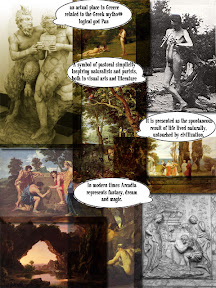
From Development Images
9) Star Trek>Gene Roddenberry>1966>this is a characteristic scientific utopia of the 20th century, where its heroes are essentially altruists and throughout the series several cultural issues such as peace, human rights and the role of technology, are imposed. Utopia Planitia>1976> A place in Mars, used in Star Trek as a home for the Fleet Yard: Feature: Utopia Planitia Type: Planitia, planitiae Location: 49.7N, 118E Size: 3200km / 1988mi Named in: 1973 Named for: Classical albedo feature name. ( Utopia located on Google Mars retrieved from: http://www.google.com/mars/#lat=33&lon=118.6&q=utopia on 9 April, 2007 at 00:23)
From
10) Internet>1983> Found by accident the internet became popular under the World Wide Web. People can now share free applications, free online open source knowledge and information, free communication either through emails or voice over calls. People can voice their opinions freely (in most occasions) & globally. Undoubtedly it has changed the way we interact, since it consists of a political, social, economical, religious & technological impact altogether.
From

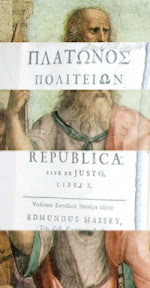
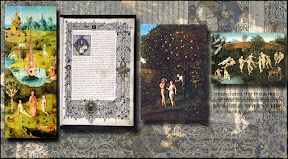

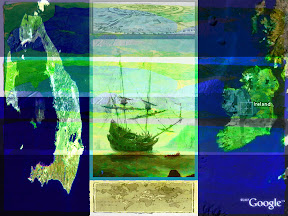
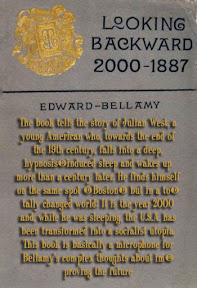
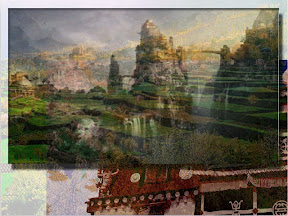
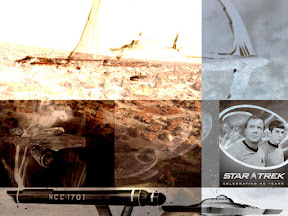

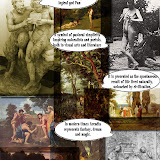

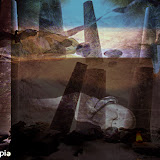
No comments:
Post a Comment